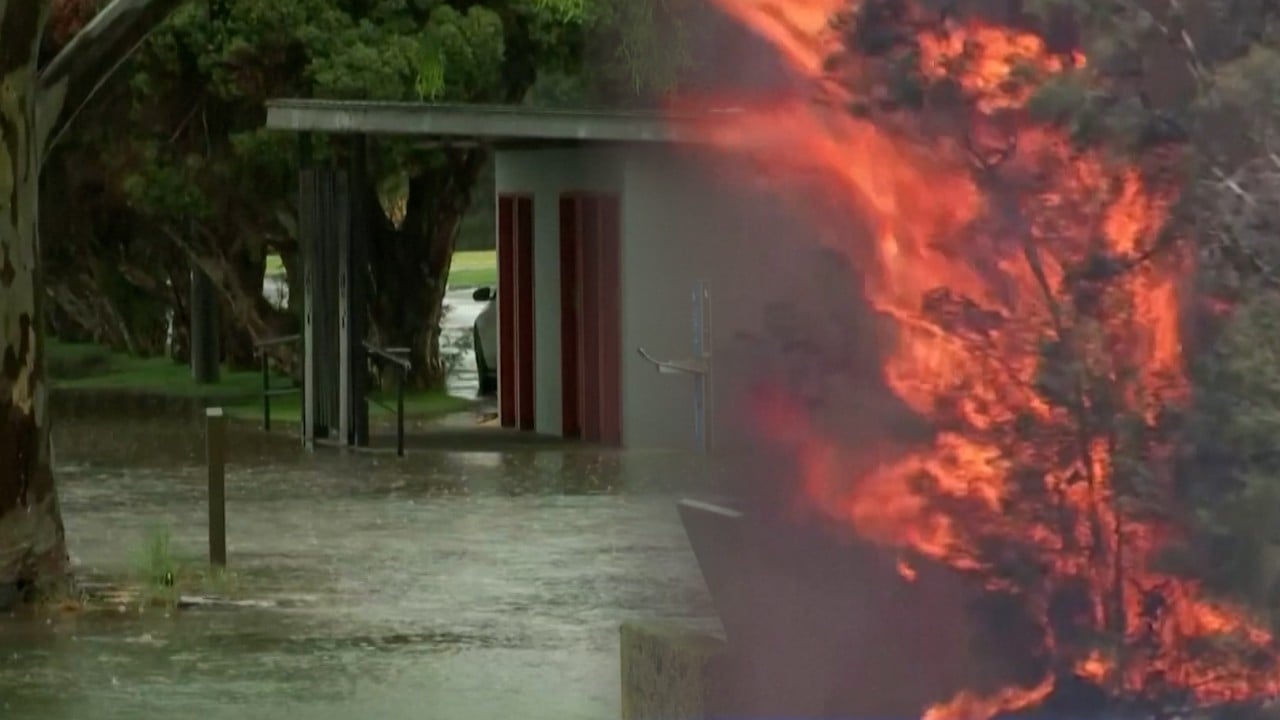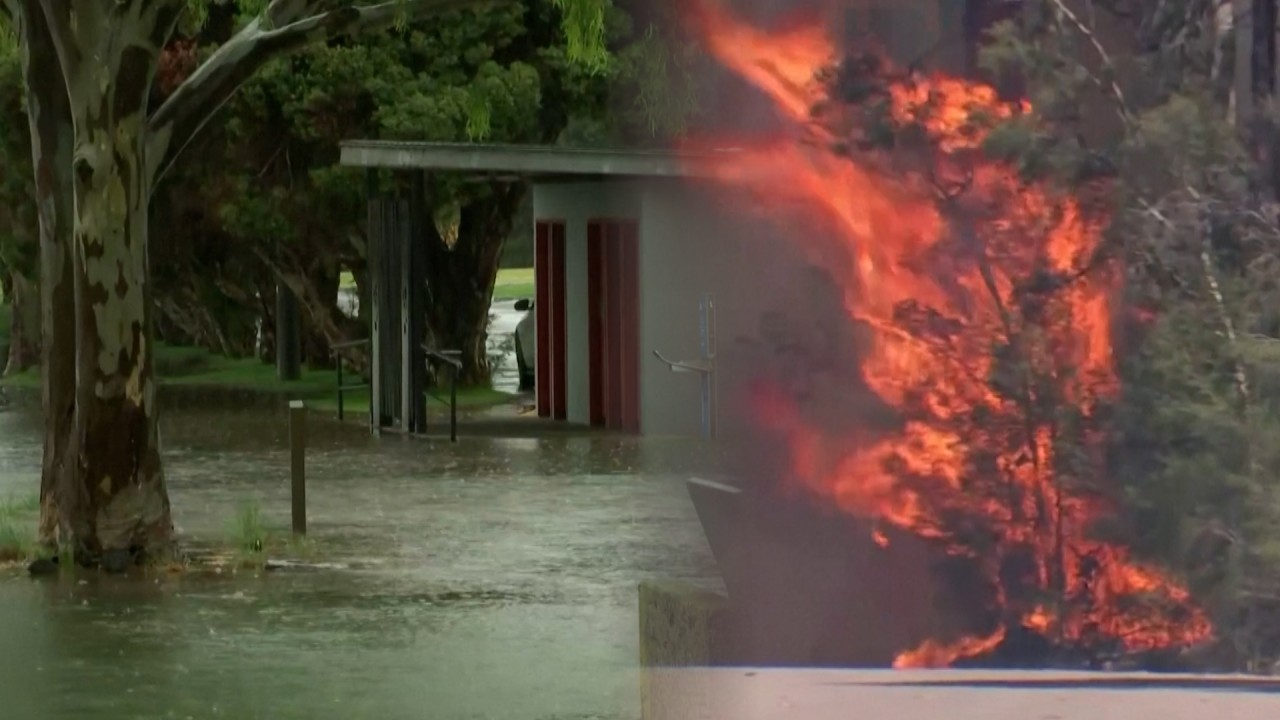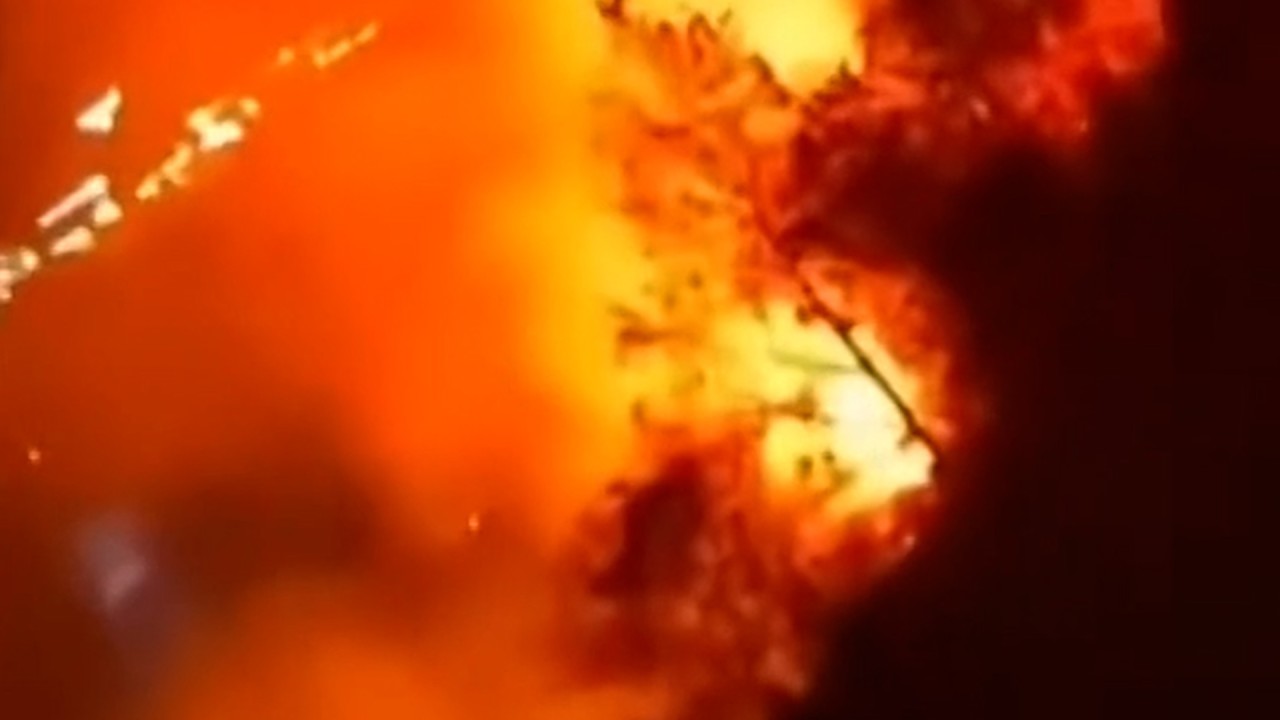Grassland fires contribute more to global carbon emissions than any other type of wildfire or agricultural burning, new research by Chinese scientists has concluded.
They are the largest source of emissions from open biomass burning – the burning of organic matter in forests, shrub lands, grasslands, peatlands and farmland – according to the team from the Aerospace Information Research Institute, part of the Chinese Academy of Sciences.
The researchers developed a global daily inventory of emissions from open biomass burning using satellite data.
“OBB [open biomass burning] releases significant amounts of trace gases, particulate matter, and greenhouse gases, which are major atmospheric pollutants and have profound impacts on the global carbon cycle, climate, and air quality,” according to the paper published in Earth System Science Data last week.
The researchers pointed out that these fires are hard to monitor because of their sporadic and unpredictable nature, but said: “Accurately estimating these emissions is crucial for devising effective environmental policies.”
It also warned that some parts of the world, such as the Amazon rainforest, Australian bush and parts of the United States, have seen a notable increase in large-scale fires in recent years.
According to the paper, the annual average carbon dioxide emissions caused by open biomass burning between 2020 and 2022 was estimated to be 8,841.45 teragrams – a unit of measurement that equates to a trillion grams.
A comparison of different fires found that savannah grassland burning contributed the largest proportion of the annual total carbon emissions, accounting for 47 per cent with 1,209 teragrams a year. This was followed by woody savannah/ shrubs, which contributed 33 per cent, and tropical forest fires making up 12 per cent.
Sub-equatorial Africa, which is home to extensive savannah grasslands, produced the most carbon emissions from open biomass burning out of 14 geographical regions into which the world was divided in the study.
It produced an average of 847 teragrams a year during the period from 2020 to 2022, the researchers said.
According to CO2 Emissions in 2022, a report from the International Energy Agency, global energy-related CO2 emissions reached over 36,000 teragrams.
The researchers said their conclusions were based on data about wildfires collected by the Chinese Fengyun-3D satellite, which uses infrared sensors and can collect higher-resolution images than some satellites used by Nasa.
“The global fire monitoring product of FY-3D employs optimised automatic identification algorithms for fire spots, leading to improved fire point detection accuracy, ” a report from China Science Daily said.
“This work helps to clarify the global carbon cycle mechanisms … and help formulate global, national and hotspot regional carbon compensation and mitigation policies, enhancing the international influence of China’s data.”
The relationship between climate change and wildfires is complex as the emissions from wildfires are not one of the main sources of greenhouse gases, but increasing numbers of forest and grassland fires are a symptom of rising global temperatures.
Wildfires become more likely as average temperatures rise and last year a report by the European Union’s Copernicus Atmosphere Monitoring Service warned that these fires needed constant monitoring to reduce the impact on air quality and public health.
..




